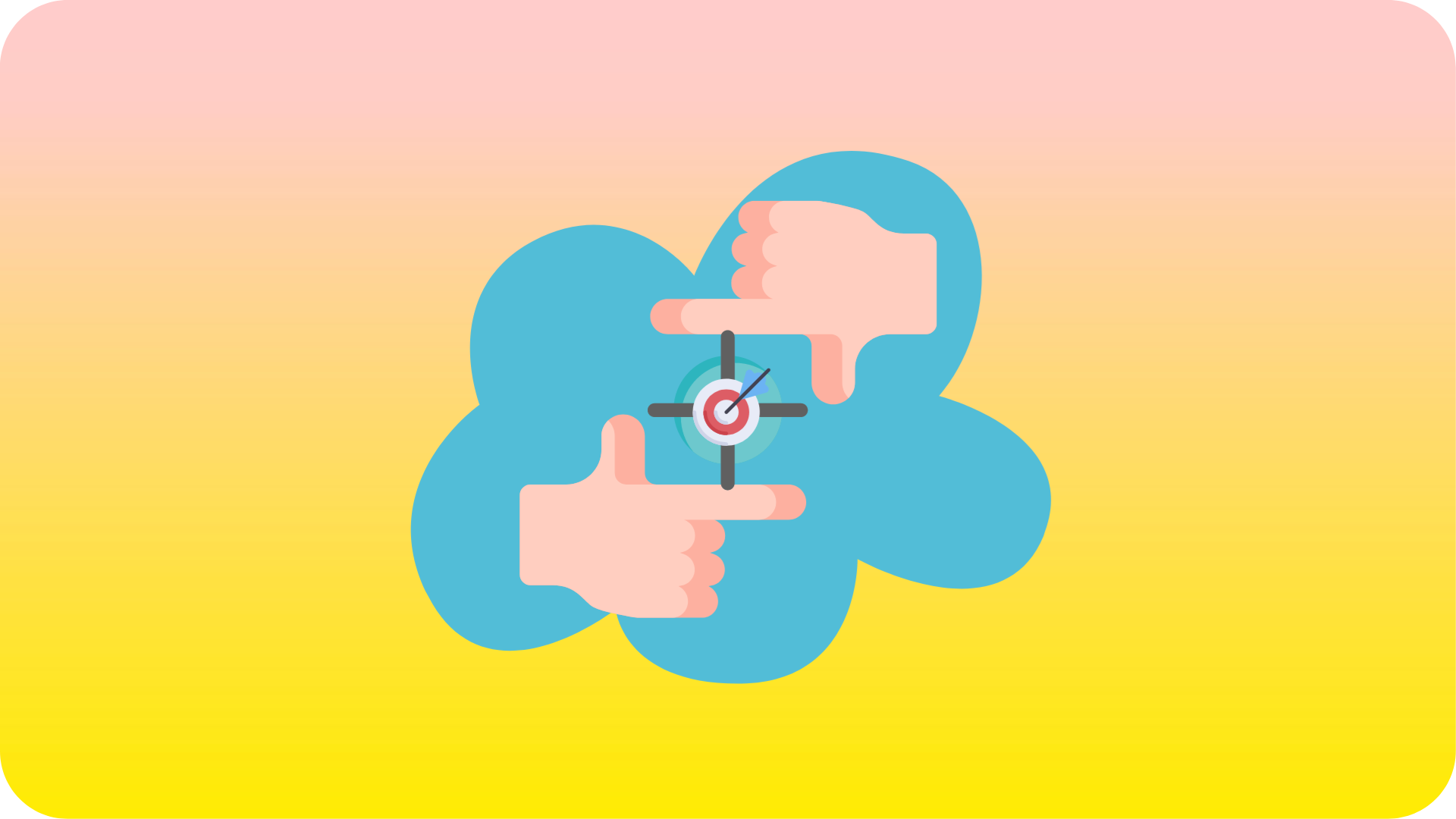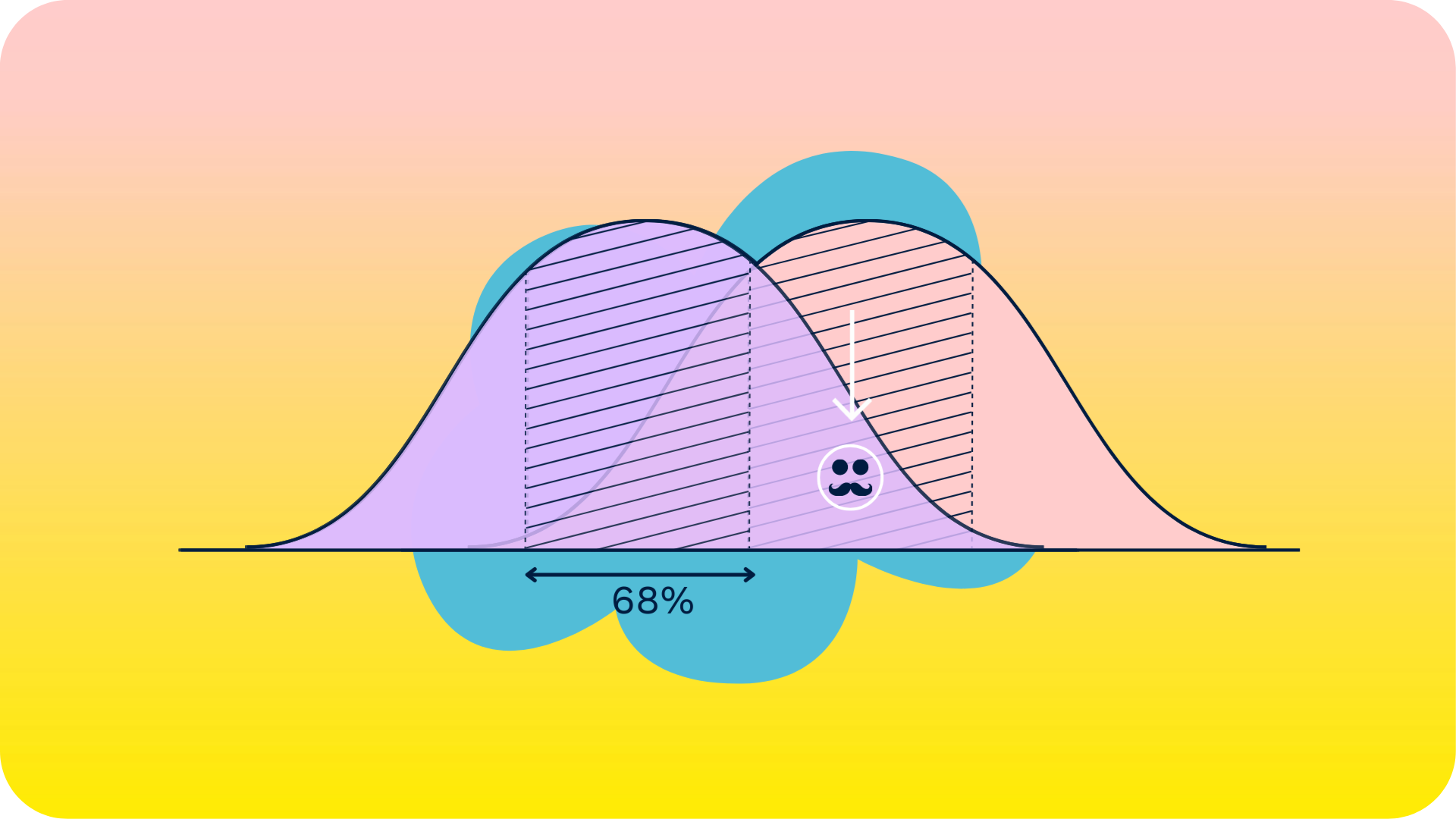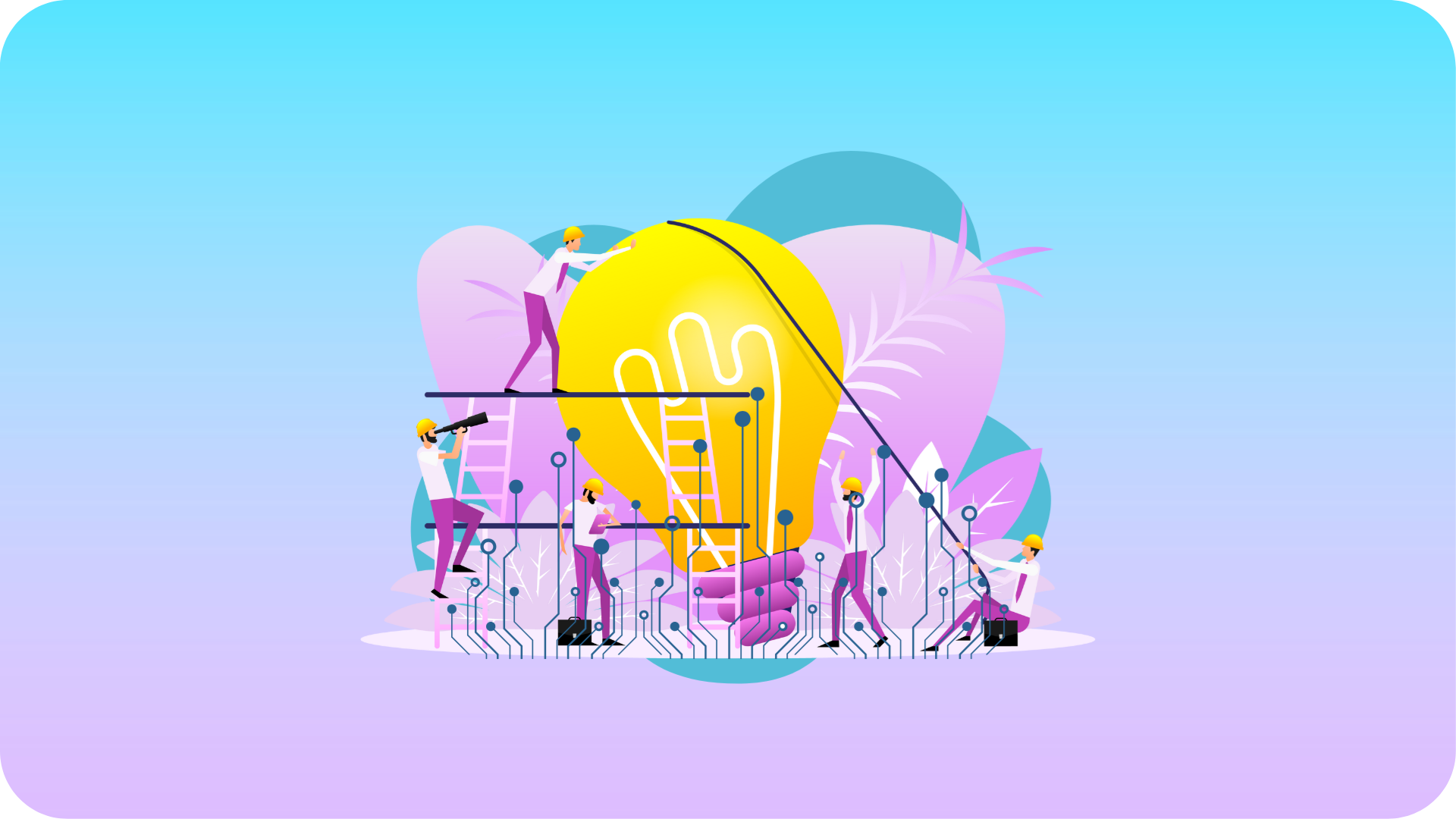5 tips for impactful meetings
After holidays, you will always feel re-energized and jump back into things at work. In our experience, organizations start planning for their offsites (big and small) soon after the summer has ended. It is a time to formulate plans for the end of the year, wrap things up or execute the last tactics of the plan for this year. Nevertheless, how do you make sure that those planning sessions, get-togethers, strategy meetings and visionary offsites are most effective without hiring a professional (outside) facilitator? That is where we can help. Here’s some tips on how you enable more impactful meetings!
Practice makes perfect
I’m always surprised that teams in organizations have meetings that take hours (sometimes even days) to develop plans, visions and strategies. Very often the result of such meetings is that they drain energy by much talking and no action at all. Consequently, when they hire me to facilitate and design a session for them, the response is always: this was so energetic and effective. That’s key for impactful meetings. The reason for this is quite simple: I’ve simply hosted and evaluated thousands of those meetings and sessions. And practice makes perfect.
Because it’s my expertise and I do it daily I have numerous techniques that I can apply. Also, I have a broader set of experiences compared to you, who might only do this a couple of times a year. Sometimes, all you need is just some outside reflection on the program you have in mind, and insert a few steps that I have learned are very effective to do. So: I invite you to make use of my experience for the design of your own session without having run it for you.
Your session design sparring partner
Various clients that I have worked with regularly come back to me with the same question as phrased above. They don’t need a facilitator to host their offsite, but they simply want some feedback on what they have in mind. My role for them is to be a sparring partner in the design of a session. I hand them exercises, improve the flow of their day(s) and make sure that they balance the energy of the session to enable impactful meetings. As one client said recently: “Every time we spar together I always get new ideas to improve my meeting. You always give it a twist that has a big impact on the outcome”. This client motivated me to write this to let others know that this is something we do at Minkowski. So, if you need someone to help you improve the design of your session – let me know.
Tips and tricks to improve your session
If you don’t want to call me, here are a some tips to help you out. Of course the goal, the setting, group size and deliverables of every session are different, so it is difficult to make suggestions that always work. However, there are a few things that you might take into account when designing your next offsite.
5 tips to enable impactful meetings:
- Always take time for a check-in and check-out. Good check-ins and -outs are related to the goal of your day, but also allow the participants to step away from their day-to-day activities. Creating the time for this will highly improve the engagement of participants.
- Base your design on at least one design question that captures the essence of output you want. A design question always starts with the words: how might we…?
- Signpost regularly and think of this in advance. Participants are part of a shared narrative (or process) that has to be easy to understand. After each beat in the program, they have to be reminded. Reminded about where they came from, where they are now, what’s next and why you are taking these steps as a group. Yes, this also means that you reflect on what you’ve done. You’re continuously creating and telling a story together, and as the facilitator you are the storyteller.
- Mix between moments of divergence and convergence to keep the energy high. In other words: make sure that you have moments that expand the thinking and moments when you make choices, cluster, rate or make decisions.
- Try as much as possible to sit in a circle. Make sure that people can see and hear each other always. People that are seated in rows can’t see each other face to face. Also, half of them can not be heard by the other half.
If you want to learn more, let’s have a chat!
Written by Jörgen van der Sloot
Founder & Head of Futures at Minkowski







